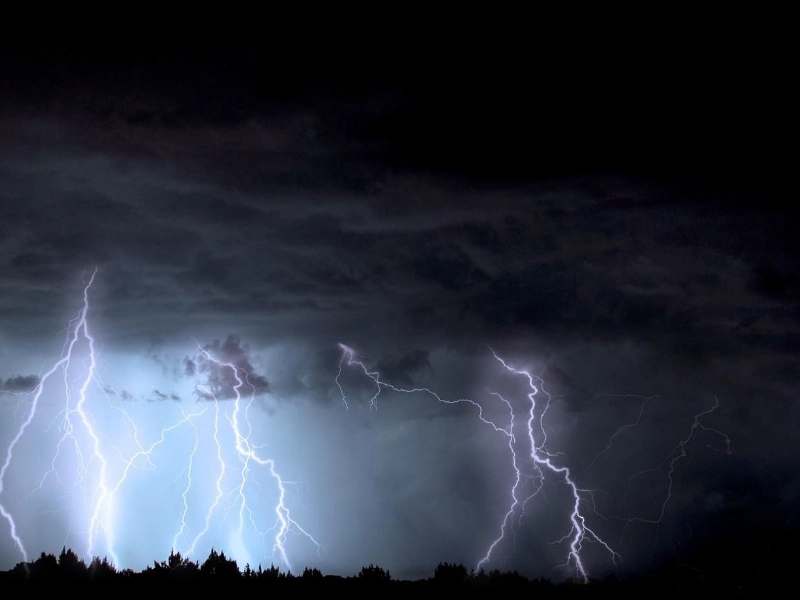Ghost Lightning: The Mysterious Blue Jets in the Stratosphere
Advertisement
3. The Role of Thunderstorms

Advertisement
Blue jet creation is mostly driven by thunderstorms, which also create the environment required for these events. Strong updrafts bringing warm, moist air into the top atmosphere define a normal thunderstorm. This process not only drives the storm but also helps to explain the complicated electrical dynamics inside the cloud. The interaction of these components produces a setting fit for blue jet formation.
The updrafts of a storm could cause the separation of electrical charges inside a cloud. Development of the electric fields generating blue jets depends on this separation. The ionisation of air molecules can be triggered by a sufficiently strong electric field intensity, therefore releasing a fast discharge of energy producing blue jets. The link between blue jets and thunderstorms emphasises the need of knowing storm dynamics in the research of atmospheric events.
The fact that blue jets are sometimes seen in concert with other upper-atmospheric electrical events, such sprites and elves, emphasises even more the link between thunderstorms and blue jets. These events also link to the electrical activity of thunderstorms, therefore underscoring the connectivity of atmospheric events. Comprehending the larger dynamics of atmospheric electricity requires an awareness of the function of thunderstorms in blue jet production.
Moreover, the probability of blue jet occurrence is much influenced by the strength of the thunderstorm. Blue jets are more likely to arise from stronger storms with more active updrafts; lesser storms might not create the required environment for their development. This association highlights the significance of meteorologists and atmospheric scientists closely observing storm activity since it offers important information on the possibility for blue jets and other connected events.
Apart from their part in the creation of blue jets, thunderstorms have more general consequences for our meteorological systems. They are fundamental for spreading heat and moisture over the atmosphere, so affecting climate and weather patterns. Studying blue jets and their interaction with thunderstorms helps researchers to better grasp the intricate dynamics forming the temperature and weather of our planet.
All things considered, blue jets are formed in great part from thunderstorms, which also create the required environment for these events to take place. The interaction among updrafts, electrical charge separation, and atmospheric dynamics emphasises the intricacy of weather systems and the need of knowledge of these mechanisms. By means of their ongoing investigation on the relationships between thunderstorms and blue jets, researchers help to provide a more complete knowledge of atmospheric science and its consequences for studies of climate and weather prediction.
You May Like
Advertisement

